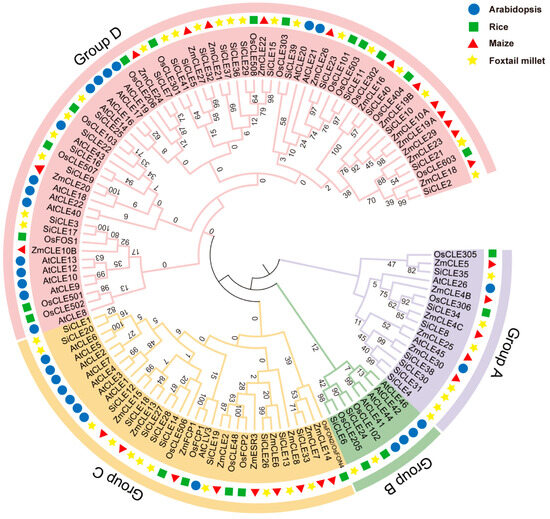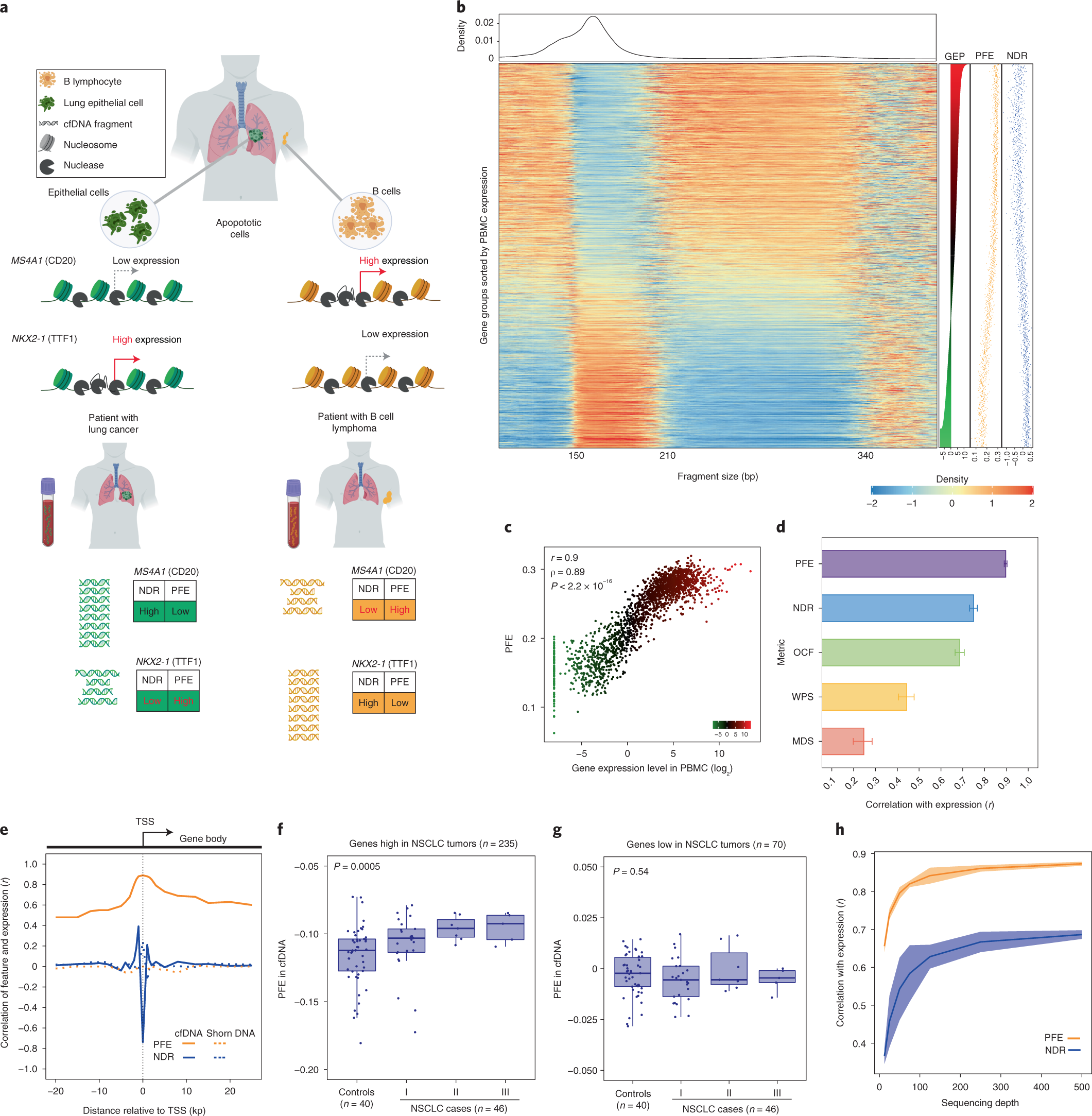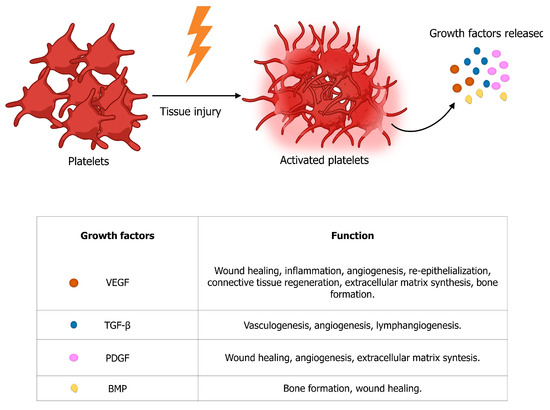
Genes, Free Full-Text
The CLAVATA3/EMBRYO-SURROUNDING REGION (CLE) genes encode signaling peptides that play important roles in various developmental and physiological processes. However, the systematic identification and characterization of CLE genes in foxtail millet (Setaria italica L.) remain limited. In this study, we identified and characterized 41 SiCLE genes in the foxtail millet genome. These genes were distributed across nine chromosomes and classified into four groups, with five pairs resulting from gene duplication events. SiCLE genes within the same phylogenetic group shared similar gene structure and motif patterns, while 34 genes were found to be single-exon genes. All SiCLE peptides harbored the conserved C-terminal CLE domain, with highly conserved positions in the CLE core sequences shared among foxtail millet, Arabidopsis, rice, and maize. The SiCLE genes contained various cis-elements, including five plant hormone-responsive elements. Notably, 34 SiCLE genes possessed more than three types of phytohormone-responsive elements on their promoters. Comparative analysis revealed higher collinearity between CLE genes in maize and foxtail millet, which may be because they are both C4 plants. Tissue-specific expression patterns were observed, with genes within the same group exhibiting similar and specific expression profiles. SiCLE32 and SiCLE41, classified in Group D, displayed relatively high expression levels in all tissues except panicles. Most SiCLE genes exhibited low expression levels in young panicles, while SiCLE6, SiCLE24, SiCLE25, and SiCLE34 showed higher expression in young panicles, with SiCLE24 down-regulated during later panicle development. Greater numbers of SiCLE genes exhibited higher expression in roots, with SiCLE7, SiCLE22, and SiCLE36 showing the highest levels and SiCLE36 significantly down-regulated after abscisic acid (ABA) treatment. Following treatments with ABA, 6-benzylaminopurine (6-BA), and gibberellic acid 3 (GA3), most SiCLE genes displayed down-regulation followed by subsequent recovery, while jasmonic acid (JA) and indole-3-acetic acid (IAA) treatments led to upregulation at 30 min in leaves. Moreover, identical hormone treatments elicited different expression patterns of the same genes in leaves and stems. This comprehensive study enhances our understanding of the SiCLE gene family and provides a foundation for further investigations into the functions and evolution of SiCLE genes in foxtail millet.

Inferring gene expression from cell-free DNA fragmentation profiles
Lewin Genes X : Free Download, Borrow, and Streaming : Internet Archive

Genes – Characteristics, Structure and Functions of Gene

Race and Genetic Ancestry in Medicine — A Time for Reckoning with Racism

Genes, Free Full-Text, rubinstein taybi syndrome

Molecular advances, clinical management, and treatment opportunities in RASopathies: American Journal of Medical Genetics Part C: Seminars in Medical Genetics: Vol 190, No 4
Lewin Genes X : Free Download, Borrow, and Streaming : Internet Archive

Free DNA Upload Sites To Learn More About Your Health - SelfDecode Health [SEPTEMBER 2022]

Epigenetics
Identification and sequence analysis of the Rhizobium meliloti dctA gene encoding the C4-dicarboxylate carrier. - Abstract - Europe PMC









